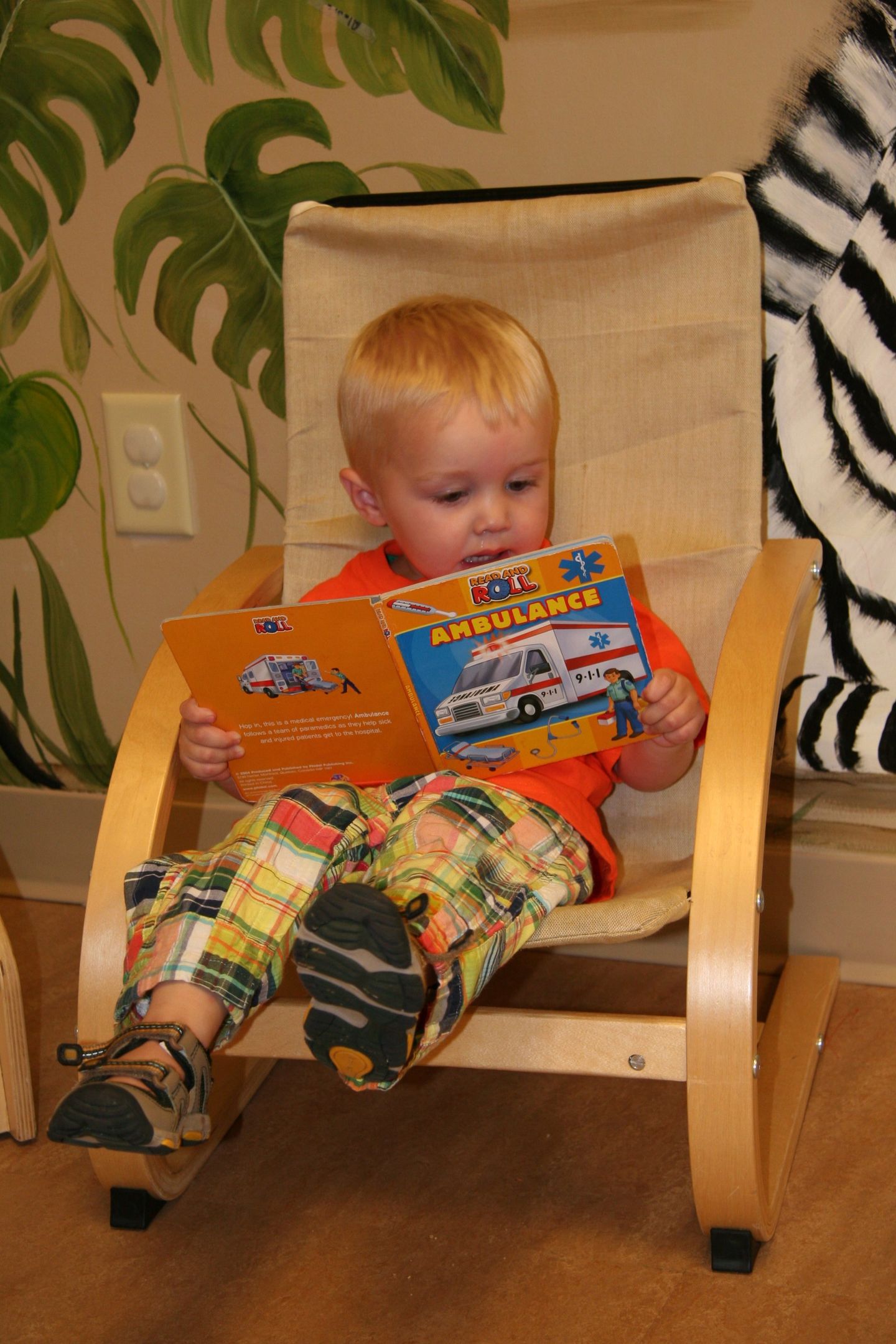Montessori at Home
Montessori at Home
Montessori at Home
Research indicates that early childhood education can have a lifetime impact. The decision to enroll in a Montessori program will affect your child’s academic and social progress throughout childhood, adolescence, collegiate studies and life. That being said, your job as a parent, your child’s first teacher, is to help your child learn for him or herself. Being a Montessori parent also means that you will bridge the gap between what your child will learn at school and what your child will learn at home. It will benefit your child if the transition from home to school as seamless as possible. Following are some concrete ways to use the Montessori principles at home:
ENCOURAGE INDEPENDENCE
You can continue the Montessori experience at home by inviting your child to care for him or herself and the environment independently as age, size and development allows. You can also encourage your child to learn to contribute to the family community. For example, you can assist your child choosing his or her own clothes and learning to get dressed independently. In addition, establish a morning routine where your child brushes his or her teeth, washes his or her face and combs his or her hair. Lastly, request that your child set the table while you are preparing dinner. Consistently practicing these practical life skills and others will create in your child a feeling of self-reliance and self-confidence.
ESTABLISH ORDER
Establishing an orderly environment and daily routine will help your child focus on the task at hand, as well as foster independence and discipline. Consider taking the time to design space in several rooms of your home for your child’s use. For example, you may add a step stool and lowered towel rack in the bathroom to allow your child to wash and dry his or her hands at the sink without your help. Also, place your child’s toiletries in low drawer for easy access.
In your child’s bedroom, add a low shelving unit to store toys and books and rotate these items often to avoid clutter. A lowered bar for hanging clothes and low shelves for shoes in the closet can be useful and dresser drawers can be labeled with pictures of underwear, socks, shorts and shirts to create a storage space for clothing items.
Establishing an orderly environment and daily routine will help your child focus on the task at hand, as well as foster independence and discipline. Consider taking the time to design space in several rooms of your home for your child’s use. For example, you may add a step stool and lowered towel rack in the bathroom to allow your child to wash and dry his or her hands at the sink without your help. Also, place your child’s toiletries in low drawer for easy access.
In your child’s bedroom, add a low shelving unit to store toys and books and rotate these items often to avoid clutter. A lowered bar for hanging clothes and low shelves for shoes in the closet can be useful and dresser drawers can be labeled with pictures of underwear, socks, shorts and shirts to create a storage space for clothing items.
In the kitchen, place healthy snack item choices in a low cabinet or on a low shelf in the refrigerator so that your child can help him or herself. In addition, keep your child’s dishes in a place that is easy to access. Lastly, create a work space in the kitchen that your child can access with a sturdy stool or at a child-sized table. This way, you can have your child tear lettuce for the salad while you prepare the entree.
HELP CHILDREN TO BE HELPFUL
Your child can perform many household chores with success including loading and emptying the dishwasher, setting and clearing the table, folding laundry and putting clothes away, feeding and watering pets, watering plants, cleaning mirrors and windows, sweeping and vacuuming, dusting, bringing in the mail, as well as many others. Participating in these household activities will aid your child in developing valuable organization and motor skills, as well as develop a sense of caring for others in the family and the environment.
Your child can perform many household chores with success including loading and emptying the dishwasher, setting and clearing the table, folding laundry and putting clothes away, feeding and watering pets, watering plants, cleaning mirrors and windows, sweeping and vacuuming, dusting, bringing in the mail, as well as many others. Participating in these household activities will aid your child in developing valuable organization and motor skills, as well as develop a sense of caring for others in the family and the environment.
While children learn much through observation, it is necessary to spend some time patiently teaching these skills as a part of the daily routine. During these teaching sessions, it may be helpful to remember the following:
- Let your child learn at his or her own pace.
- When your child tries something for the first time, the focus should be on his or her effort, not the end result.
- Don’t interfere with your child at work. Allow your child to concentrate on the task at hand and problem-solve on his or her own.

DEVELOP CONCENTRATION
Maria Montessori believed that a focused child is a happy child. Bearing that in mind, allow your child plenty of opportunities for uninterrupted activity. Like every skill, concentration deepens with practice. Another way to develop your child’s concentration skills is to limit the amount of TV, videos, and video games he or she watches.
Maria Montessori believed that a focused child is a happy child. Bearing that in mind, allow your child plenty of opportunities for uninterrupted activity. Like every skill, concentration deepens with practice. Another way to develop your child’s concentration skills is to limit the amount of TV, videos, and video games he or she watches.
INTRODUCE YOUR CHILD TO NATURE
Go for walks with your child and allow him or her to collect objects such as pine cones, rocks, leaves and seeds. Plant a backyard garden, fill bird or squirrel feeders, or encourage your child to observe birds building a nest, an ant hill, or other animals. Encourage play in natural areas such as on the beach or in a yard full of snow.
PRACTICAL LIFE AT HOME
Children learn by doing. Provide opportunities for your child to care for him or herself and the environment around him or her. Sometimes the best learning experiences come from ordinary real-life tasks such as matching socks, scrubbing a floor, polishing a shoe or slicing bananas for an afternoon snack.
ENABLE SELF-DISCOVERY
Children love to discover things for themselves. As a parent, provide plenty of opportunities in your child’s environment to find out about him or herself and the world around him or her. Learn to ask leading questions instead of providing the answers. This will foster your child’s sense of curiosity.
ENCOURAGE CHOICE AND INTEREST IN LEARNING
Children, like adults, learn best when they are engaged in self-chosen activities. Tap into your child’s interests by observing what naturally catches their attention. Then, carefully plan activities in those interest areas that match your child’s developmental capabilities.
USE ENCOURAGEMENT, NOT REWARDS OR TREATS
Encouragement is all that is needed if a task is worth doing. The activity should have value in and of itself. If you continually offer your child an external reward, he or she will learn that the task itself has no value, and complete it only to receive the treat. Children appreciate and learn most from encouragement which complements their hard work and independence.
18031 Oak Street, Southwest Omaha, NE
(402) 884-2424
information@montessori-omaha.com
- Mon - Fri
- -
- Sat - Sun
- Closed
Content, including images, displayed on this website is protected by copyright laws. Downloading, republication, retransmission or reproduction of content on this website is strictly prohibited. Terms of Use
| Privacy Policy

